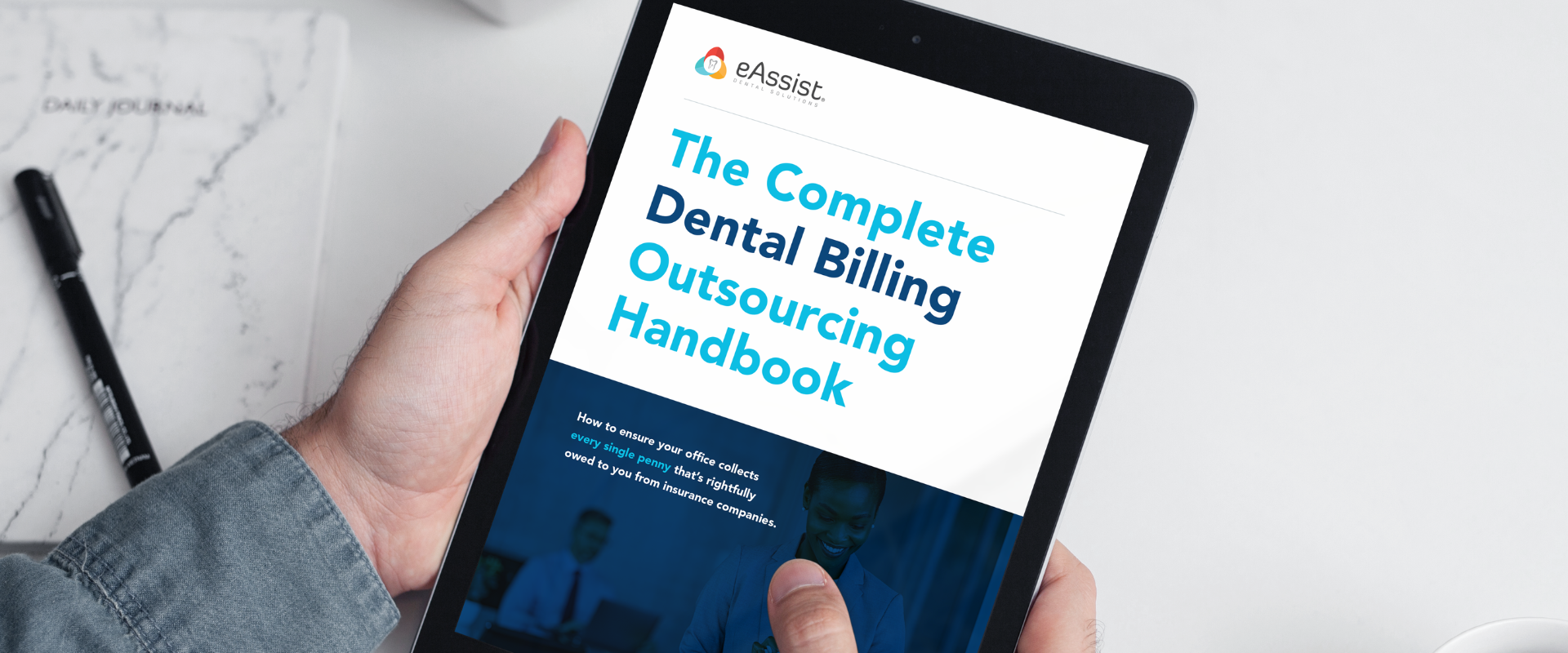Often, when the tooth isn’t broken down enough to warrant the coverage under a dental insurance policy the search goes for the magic wand of words to get the procedure covered.
Indirect restorations such as inlays and onlays are often not covered because the alternate benefit of a larger direct restoration such as a filling will be provided instead. When inlays or onlays are not covered the coverage for a filling is cause for alarm for patients who now must face a larger co-payment and the dental insurance company saying that an indirect restoration isn’t necessary—in so many words.
Frustrating for dentists who want to provide the best care for their patients but under the pressure of insurance benefits policies are penalized.
What narrative expedites dental insurance payment for indirect procedures?
The main indications (medical necessity) for indirect restoration placement:
- A vertical incomplete fracture of a cusp (name cusp)
- A complete fracture of a cusp (name cusp)
- A missing cusp (name cusp)
- The restoration is greater than 1/3 of the occlusal tooth isthmus
- Inadequate contact promotes periodontal disease (symptoms-describe)
6 inabilities to achieve an adequate contact with direct restoration
- The new restoration will undermine cusps (name cusps)
- Abfracture lesion undermines a cusp(name cusp)
- Previous root canal (date and symptoms)
The Doctor has to provide a diagnosis which is one of the above and treatment plan a procedure to fix the problem. This is mailed to the insurance company with an x-ray and intra-oral picture (or the narrative can be typed right on the claim before it’s submitted electronically with an attachment of an x-ray and intra-oral picture). If on the day of service you send a claim without supporting documentation for indirect restorations, you can add another 6-8 weeks before this claim resolves. These claims usually go to review which is 30 or more days and if they request more documentation from you this drags out payment another 30 days if you get that far.
Additional tip: when you are replacing an existing indirect restoration you must ask how old that restorations is because usually there is a frequency clause in the dental plan and the restorations will not be covered within a specified period of time. Write the original placement date on the claim. For bridges, ask when the tooth was extracted that you are replacing and get in the habit of writing this on the claim.
eAssist claims workers are trained to get your claims paid fast so if you have concerns give them a try before you give up.







Amy Cuaresma
Very informative to a lay person, such as myself who is a patient. Thank u